Blog
Posts in category: product
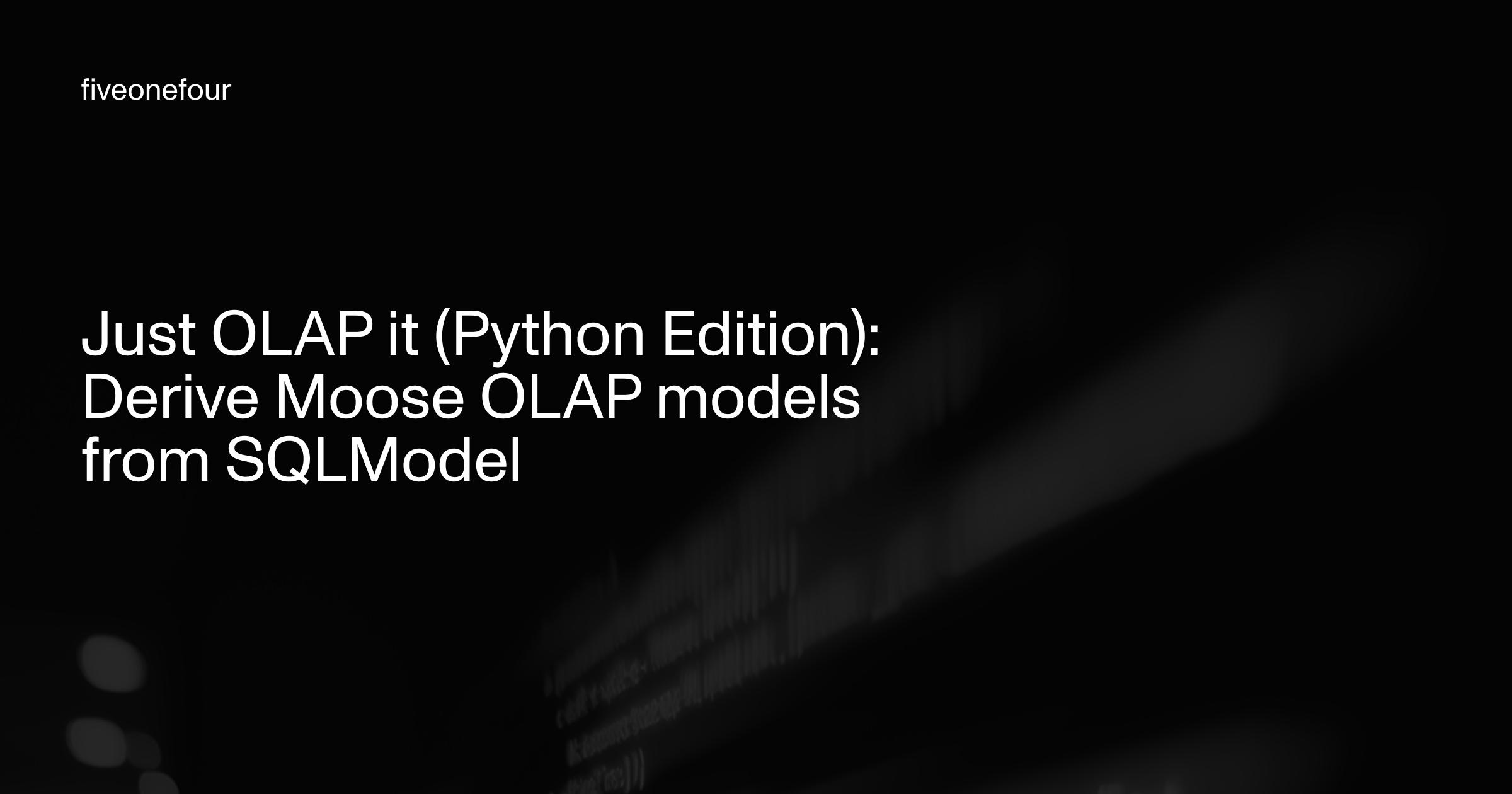
OLAP, Product, Python
Just OLAP It (Python Edition): Derive Moose OLAP Models from SQLModel
This hands-on walkthrough shows how to derive Moose OLAP models directly from Python’s SQLModel. You’ll learn how to map your OLTP schema to ClickHouse through MooseStack — defining OLTP models, mirroring them into Pydantic payloads, layering in CDC metadata, and declaring OLAP tables. While TypeScript automates much of this flow, Python requires explicit type bridging. This post highlights what’s manual today, where automation could fit, and how to keep your OLTP and OLAP layers in sync.
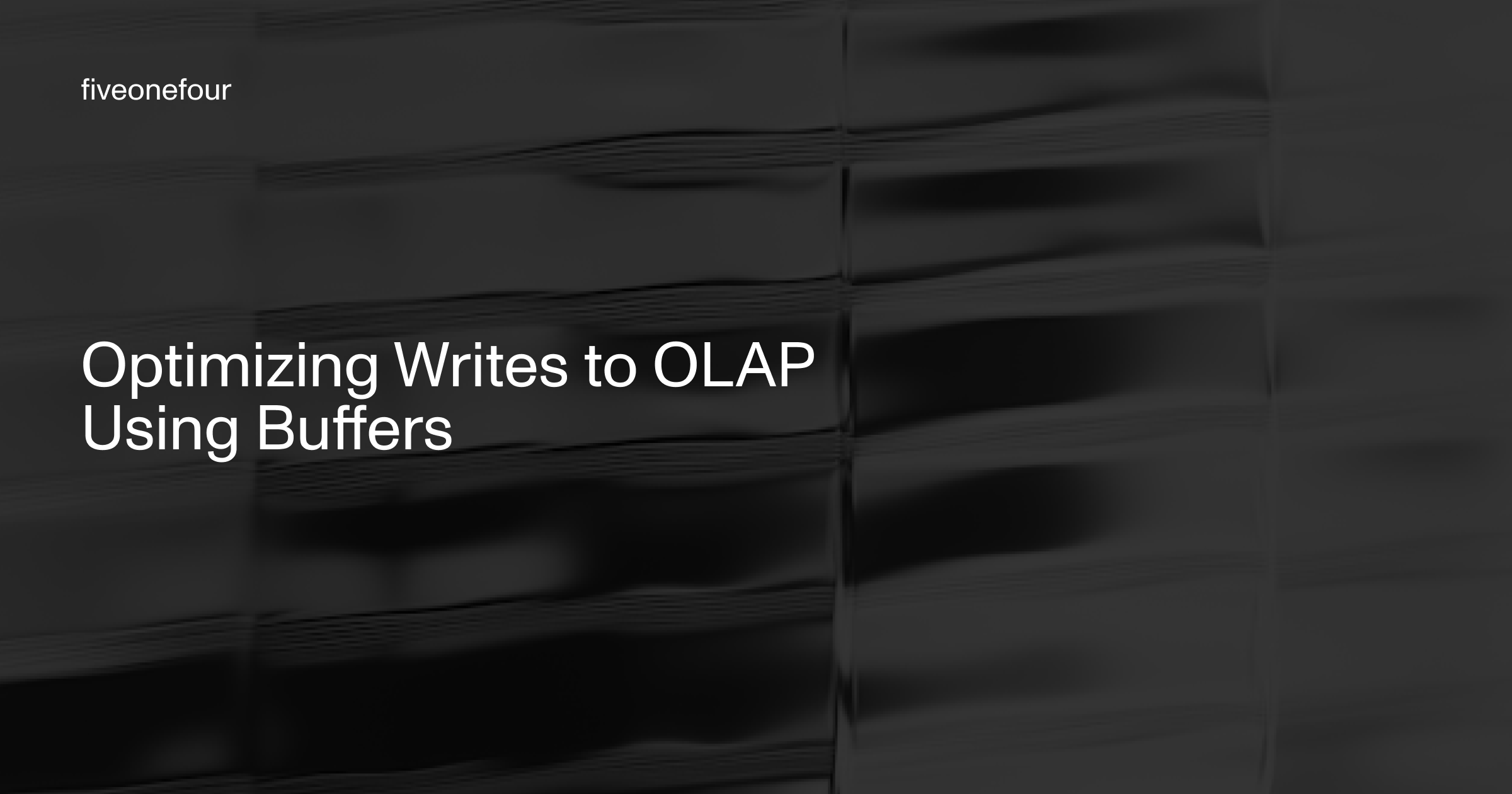
OLAP, ClickHouse, Product
Optimizing writes to OLAP using buffers
Learn how insert patterns differ between OLTP and OLAP databases — and how ClickHouse and MooseStack can help you optimize for each. From batching strategies to streaming buffers, discover practical heuristics to balance performance, freshness, and resilience.
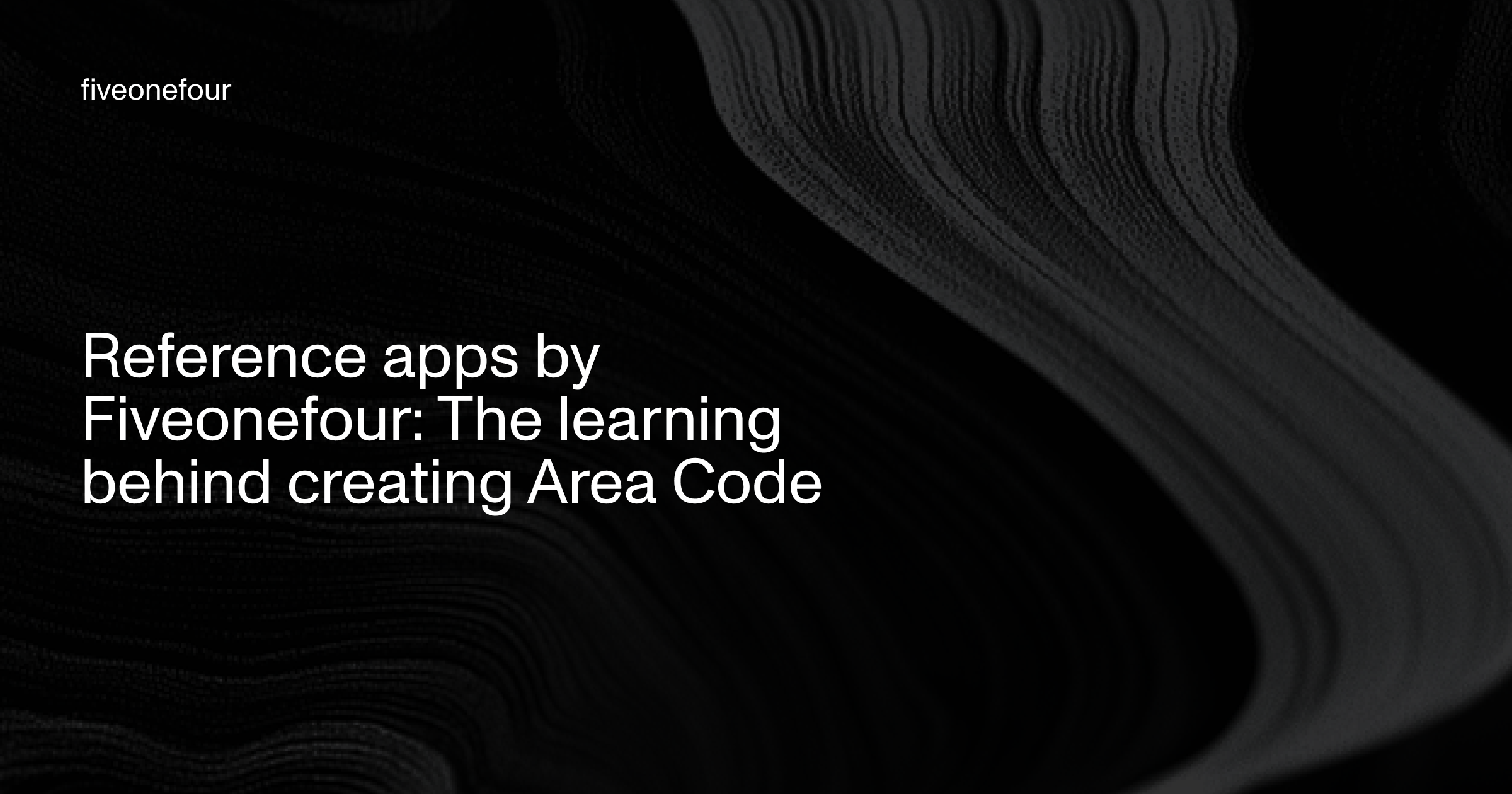
User-facing analytics, Product, Developer tools
Reference apps by Fiveonefour: The learning behind creating Area Code
At Fiveonefour, we built Area Code—a reference application that demonstrates how to add an analytical layer to a transactional system using our OSS framework, MooseStack. This blog introduces why we created Area Code, the challenges it addresses, and the insights we’ve gained from building it. It’s the first in a series of articles sharing our learnings with the community.
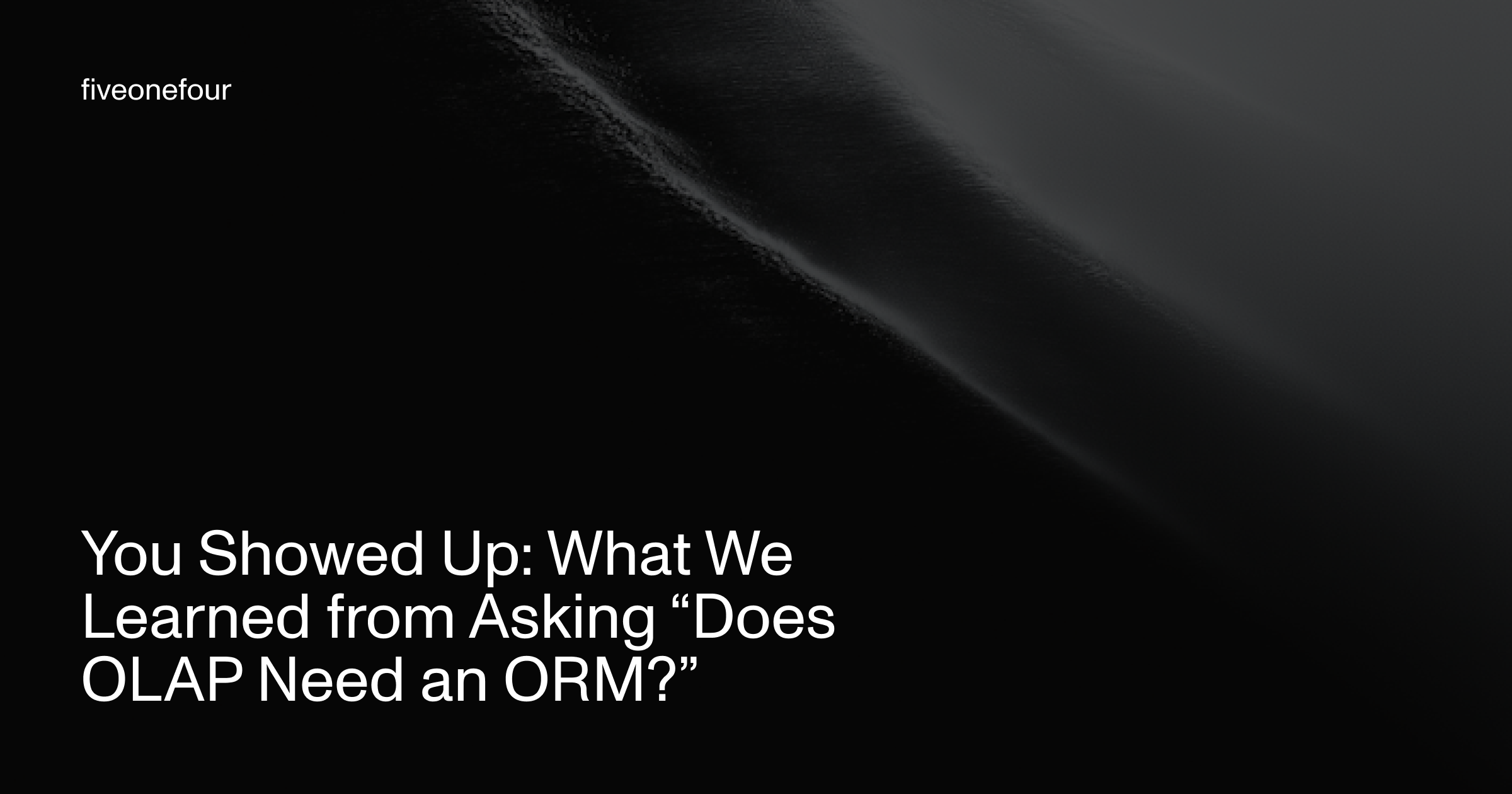
ClickHouse, Product, Educational, Community
You Showed Up: What We Learned from Asking “Does OLAP Need an ORM?”
We asked the community if OLAP needs ORM-like DX. The consensus: keep SQL first-class, add type-safety and contracts, and build toward a semantic layer. Here are the sharpest arguments—and what we’re building next.

Product, Educational, Software Architecture
Prototyping a Connector Factory: Build first to learn, abstract later to scale
The Connector Factory reimagines data integrations by combining clear specifications, standardized scaffolding, and AI-powered agents to deliver production-ready connectors in hours instead of weeks. By turning every new connector into a learning loop, the system continuously improves—making integrations faster, more reliable, and fully open source for developers to use or extend.
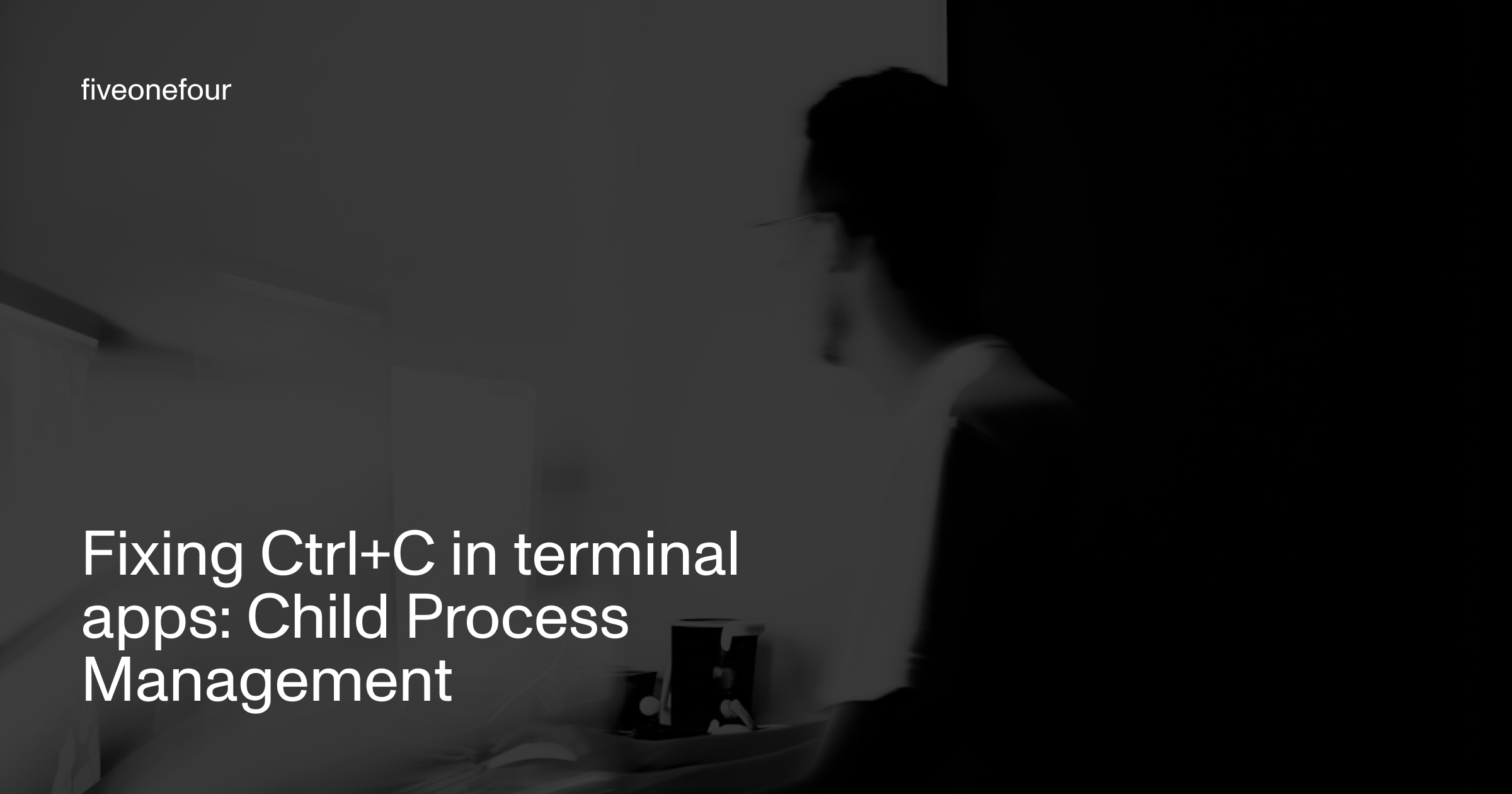
Product, Update
Fixing Ctrl+C in Rust Terminal Apps: Child Process Management
Lessons we learned from Moose CLI to keep terminals clean after Ctrl+C—no more garbled prompts or lingering processes.
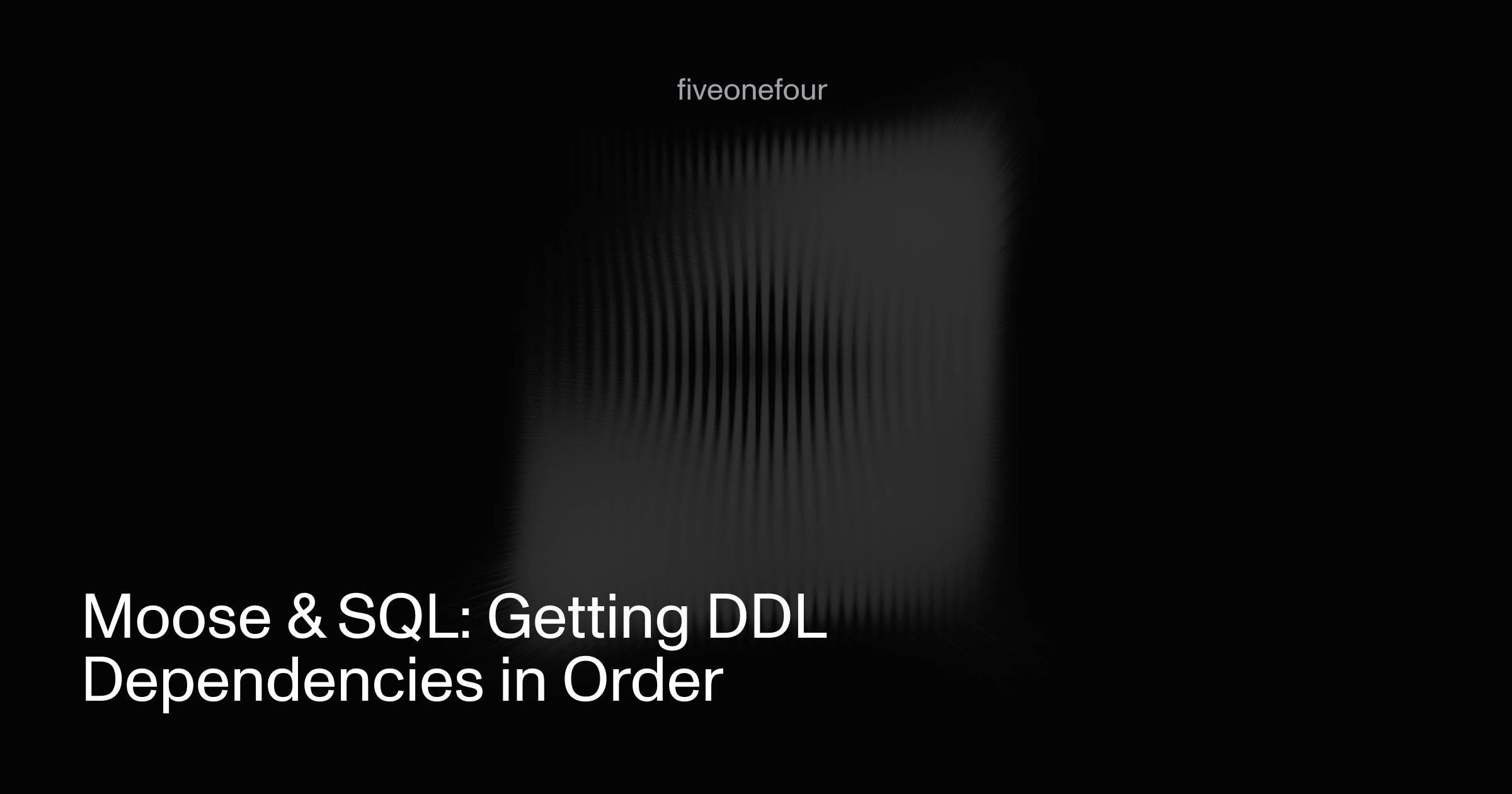
Product
Getting DDL Dependencies in order with Moose & SQL
If you've worked with SQL databases like ClickHouse, you know that changing one object—say, a table—can have ripple effects on dependent objects like Materialized Views (MVs) or other views. Applying these Data Definition Language (DDL) changes in the wrong order often leads to errors and headaches. This post explains how Moose handles these SQL dependencies to make your infrastructure updates reliable during development with moose dev.

Templates, Product, AI
Goodreads Book Review Dataset Template
The blog post discusses how the author created a template to ingest Goodreads data from Kaggle to demonstrate the capabilities of their advanced AI tools, including data ingestion and analysis. It provides a detailed guide on how to set up the tools, ingest the dataset, explore the data with AI, and even productionize results .
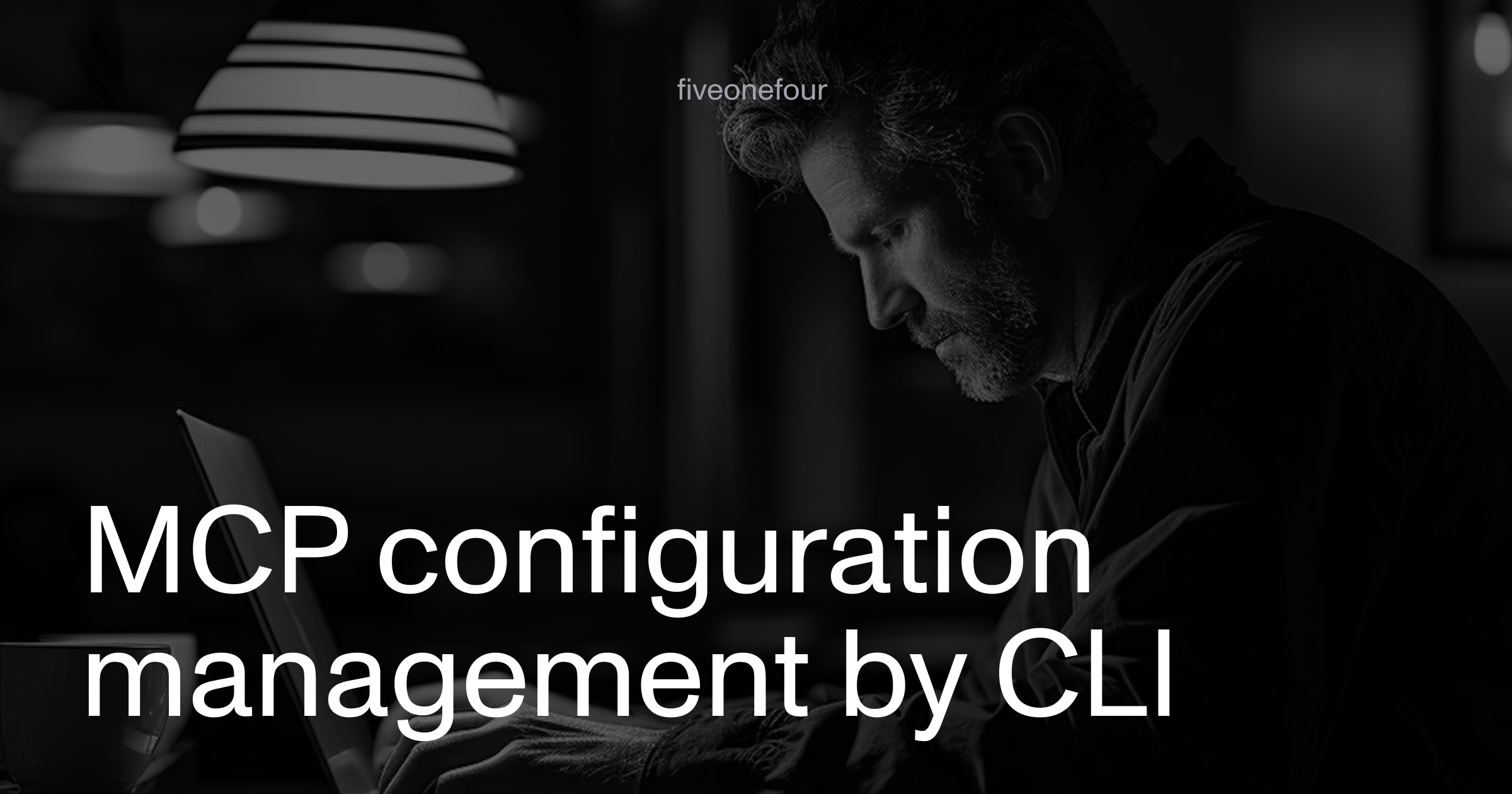
Product, AI
MCP Configuration Management by CLI
The blog post discusses the challenges of using MCPs in different clients, particularly Claude Desktop and Cursor, with frustrations around config JSON setup, updates, and PATH inheritance.

AI, Educational, Announcements, Product
Introducing Aurora Pre-Alpha Preview: API to ClickHouse demo
Download and try out Aurora's first workflow: getting data from an API into your clickhouse database!

Announcements, Product